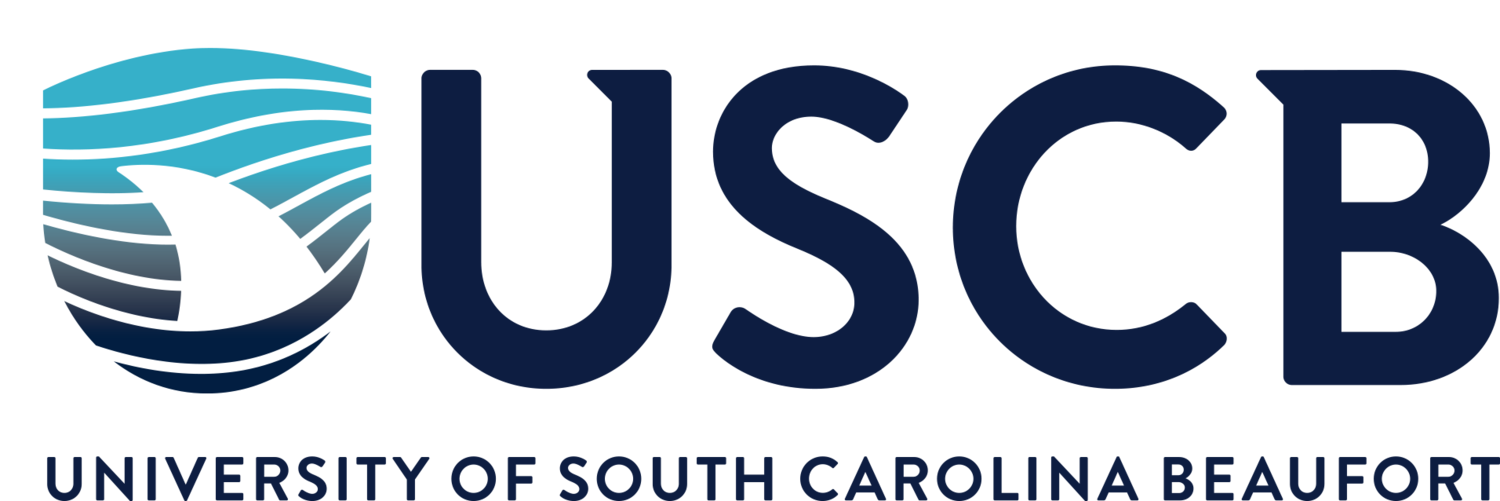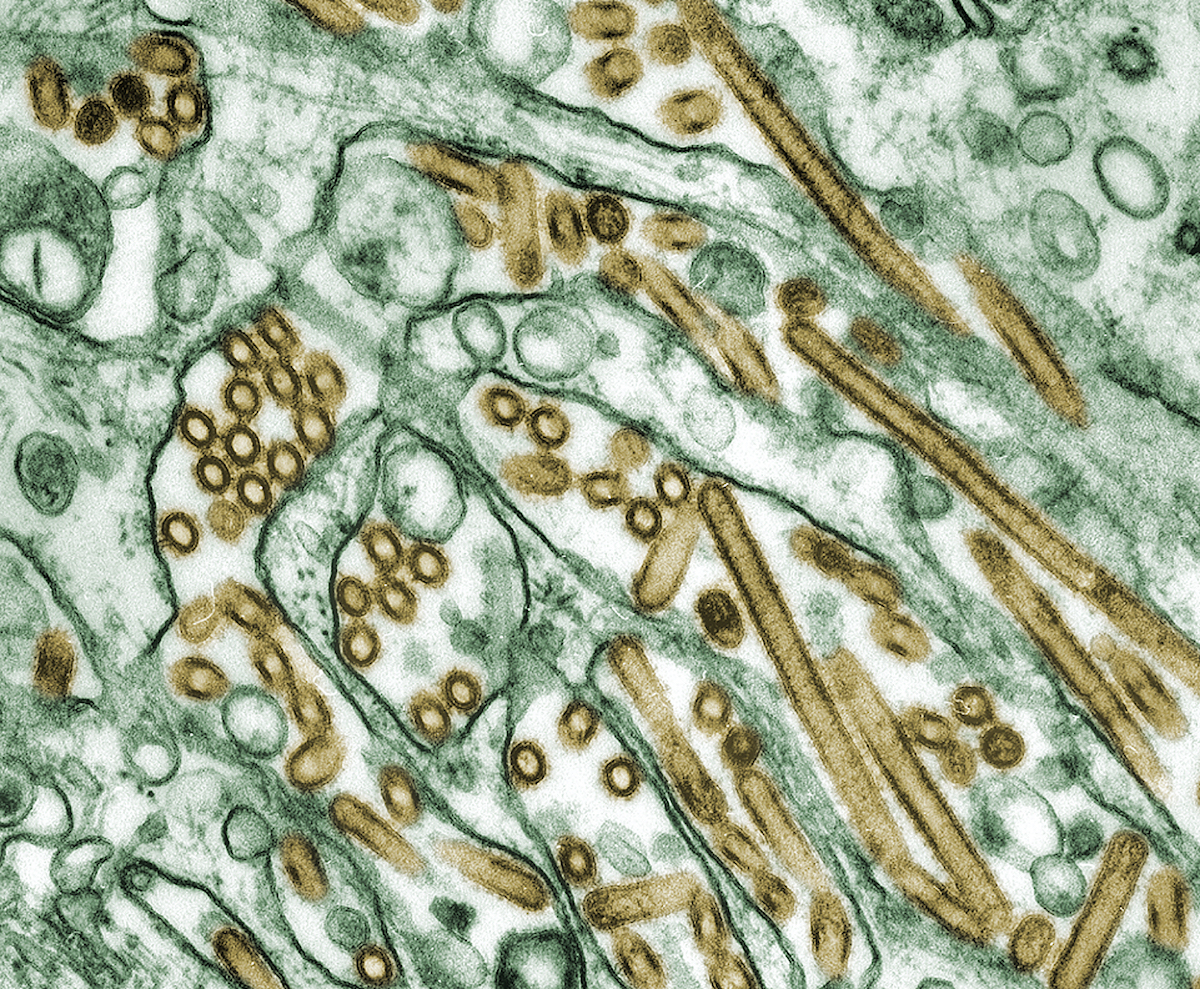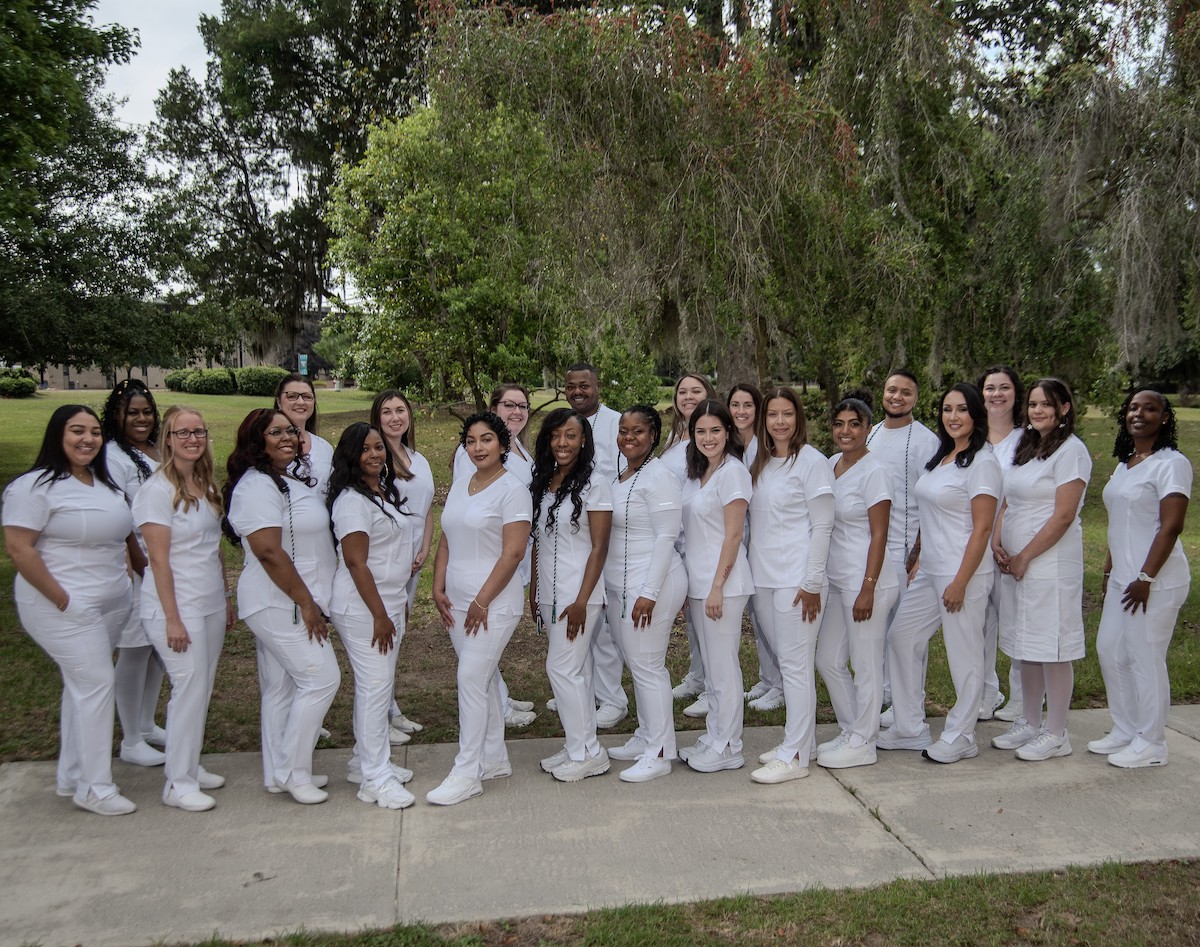Seeing a double chin in the mirror may be a sign of weight gain or obesity, but that is not always the case. There are many exercises that target the fat under the chin and neck. There are also other treatments that can be used to support these activities.
Causes
A double chin is caused by an extra layer of fat that develops beneath the chin.
A few different factors combine in the body to create a double chin. Understanding these factors may help with understanding ways to get rid of the double chin itself.
Age. The skin can start to lose its elasticity as the body ages, which can lead to the appearance of extra or saggy skin that may contribute to a double chin.
Diet and weight. While weight gain is not always the cause of a double chin, it can contribute to it. A diet high in calories, processed foods, and unhealthful fats may influence weight gain and a double chin as well.
Genetics. Genes may play a role in people developing a double chin. Anyone with a family history of skin with little elasticity or double chins might be more likely to develop one themselves.
Posture. Poor posture can weaken the muscles of the neck and chin. This may contribute to a double chin over time, as the surrounding skin loses its elasticity when the muscles are not used.
There are many simple exercises for a double chin.
While there is little scientific research on the effect of these exercises, they target the muscles of the neck and face. Working these muscles could help burn fat in these areas and may be a crucial part of getting rid of a double chin.
Around the world (warm up)
As with any exercise routine, it is important to warm up the muscles to avoid injury. To warm up the neck, gently rotate the head forward and down and then back and up using a clockwise, circular motion. After a few rotations, reverse the direction.
The same circular motion is used to stretch the jaw. Gently extend the jaw left, then forward, then right, and then back, holding each position for a second or two. Now the muscles are warmed and ready for exercise.
Whistle at the ceiling
This exercise is great for strengthening the muscles and giving the neck a break during time spent at the desk. Sit with a straight back and relaxed shoulders.
Tilt the head back to look at the ceiling. From this position, close the lips into the position used while whistling. The lips should be relaxed but held tight enough to feel a contraction on both sides of the neck.
Hold this position for 10 to 20 seconds depending on the comfort level of the individual. Ten repetitions of this exercise are usually enough for one sitting.
Kiss the sky
This exercise is similar to the previous one, with a few differences.
Stand straight and tall with the arms and shoulders loose and relaxed. Tilt the head back to look at the ceiling. Pucker the lips and try to kiss the sky, extending them as far away from the face as possible.
When done correctly, the muscles throughout the neck and chin should feel flexed but comfortable. Hold this position for 5 to 20 seconds and then relax. Repeat 10 to 15 times per set.
The ball squeeze
Keeping an exercise tool on hand is an excellent way to help some people remember to do their exercises.
For neck exercises, it may help to keep a ball somewhere near the desk, bed, or in a place where a person will do the exercises. The size of the ball can range from 5 to 10 inches based on personal comfort and should be easy to squeeze.
The ball squeeze is done best from a seated position with a straight back and relaxed shoulders.
Place the ball under the chin. Use the chin to push down against the ball in a steady, firm motion. This can be repeated 10 to 30 times during each sitting.
The pouting stretch
Another effective way to target the muscles in the chin and neck is to do a pouting stretch.
Standing or seated, stick the bottom lip out as far as possible to form a pouting face. Hold the position for 3 seconds. With the lip still in full pout, use the muscles of the neck to tilt the chin towards the chest without moving the upper back.
Hold this position for 3 seconds. Relax the muscles and start again. Repeat 10 to 20 times or until the neck feels the workout.
Gum chewing
Chewing gum may not seem like much, but it may be useful for people looking to get rid of a double chin in multiple ways.
A study posted to the journal Appetite found that individuals who chew gum after a meal may feel more satisfied with what they have eaten. This makes them less likely to reach for additional snacks. Chewing gum can help people who are losing weight to reduce the number of calories in their diet.
Chewing gum is a minor workout for the muscles of the face, especially the jaw. Regular gum chewing may contribute to an overall loss of fat in the chin though it probably will not do much by itself.
The lion’s yawn
The point of this exercise is to open the mouth wide while sticking the tongue out as far as possible, much like a yawning lion.
It can be a great exercise to strengthen many muscles in the chin, neck, and face.
Sit or stand with a relaxed posture. Open the mouth as wide as possible while extending the tongue out as far as it will go.
When done correctly, the muscles of the neck, chin, and jaw should tighten.
Push the tongue out for 10 seconds and relax. Repeat this process 10 times and move on to another exercise.
Source: https://www.medicalnewstoday.com — Written by Jon Johnson
Medically reviewed by Cynthia Cobb, DNP, APRN, WHNP-BC, FAANP
Additional sources:
Dennis, E. A., Dengo, A. L., Comber, D. L., Flack, K. D., Savla, J., Davy, K. P., & Davy, B. M. (2009, August 6). Water consumption increases weight loss during a hypocaloric diet intervention in middle-aged and older adults. Obesity, 18(2), 300-307
Exclusive content from CARE Magazine
https://www.ncbi.nlm.nih.gov/pmc/articles/PMC2859815/
FDA. (2015, April 29). FDA approves treatment for fat below the chin [News release]
https://www.fda.gov/newsevents/newsroom/pressannouncements/ucm444978.htm
Hetherington, M. M., & Regan, M. F. (2011, October). Effects of chewing gum on short-term appetite regulation in moderately restrained eaters [Abstract]. Appetite, 57(2), 475-82
https://www.ncbi.nlm.nih.gov/pubmed/21718732
Konda, D., & Thappa, D. M. (2012, December 14). Mesotherapy: What is new? Indian Journal of Dermatology, Venereology, and Leprology, 79(1), 127-134
http://www.ijdvl.com/article.asp?issn=0378-6323;year=2013;volume=79;issue=1;spage=127;epage=134;aulast=Konda








